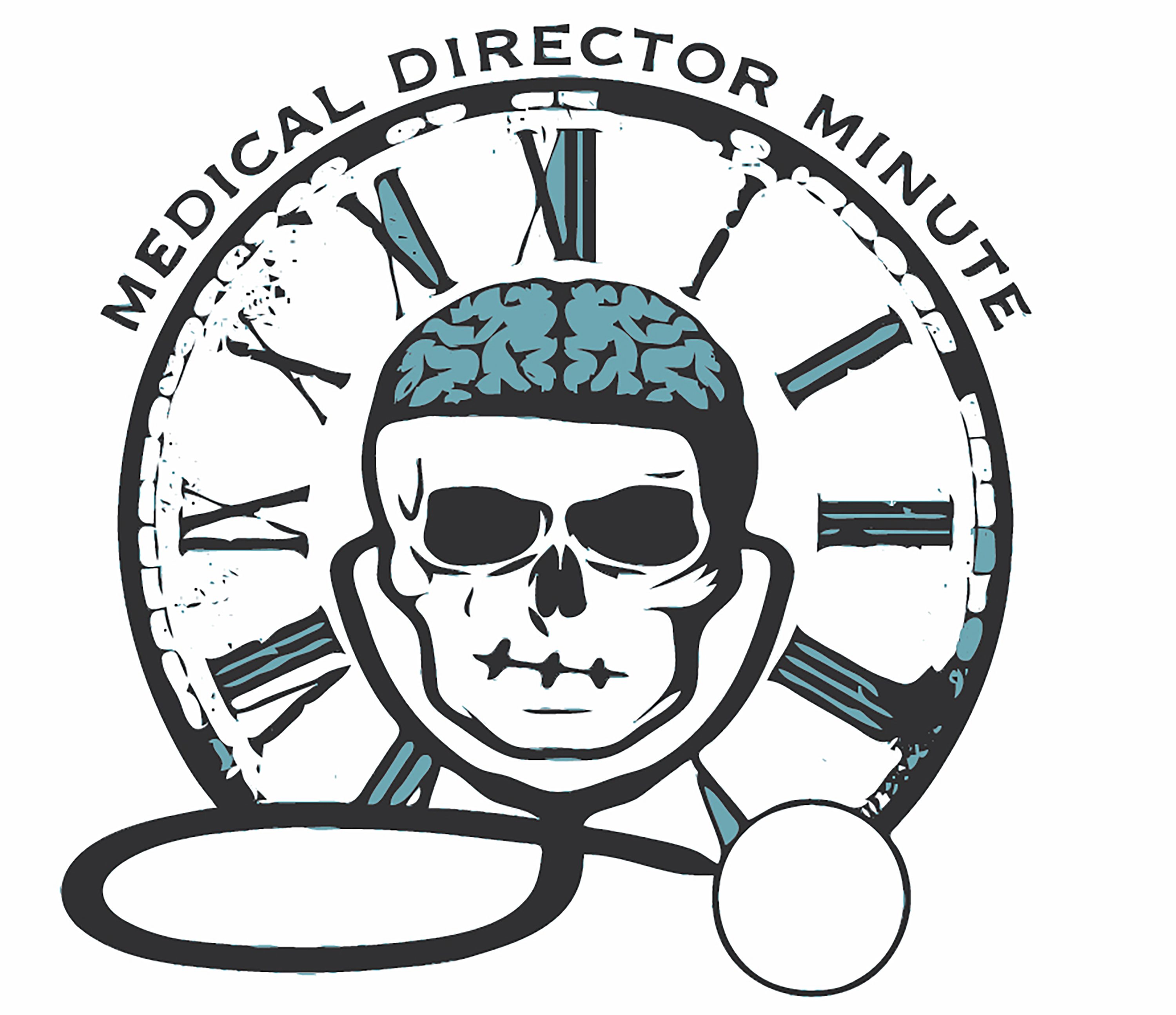Posterior Circulation Strokes
Background: Up to 20% of CVAs involve posterior circulation Most commonly missed Posterior strokes not well identified on the usual screening tools Anatomy: Symtoms: dizziness off balance sensation vision is blurry, oscillating or jumping bilateral leg weakness and / or numbness hemiparesis with motion disturbances on non-hemiparetic side facial symptoms Signs: ataxia (finger to nose / heel to shin / truncal) ataxia when standing (Romberg) or walking locked-in syndrome nystagmus bilateral horizontal gaze palsy internuclear ophthalmoplegia: vertical and rotatory nystagmus visual field defects Vertebral Artery Dissection: sudden rotational force minor trauma, childbirth, sexual intercourse, coughing, sneezing, Chiropractic high velocity manipulation 60%-90% alsoRead More →
